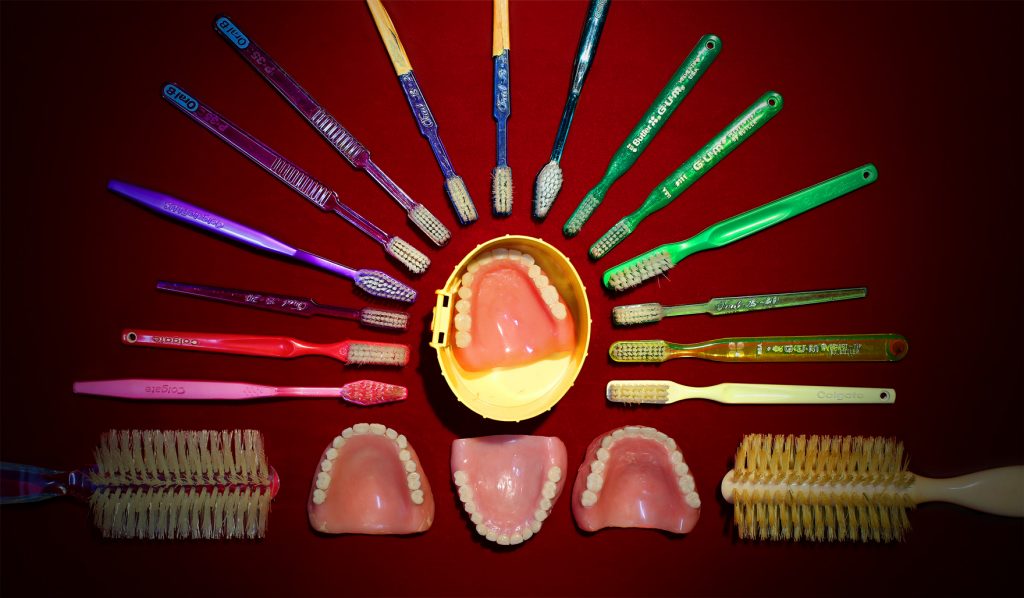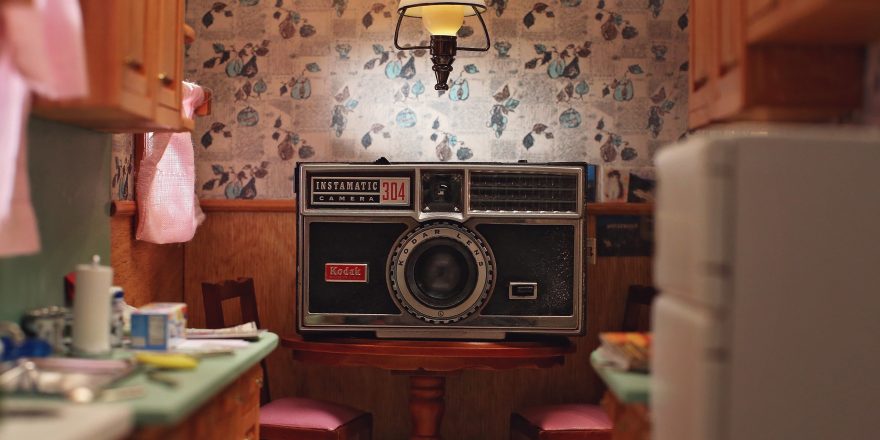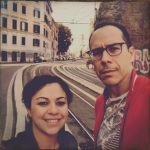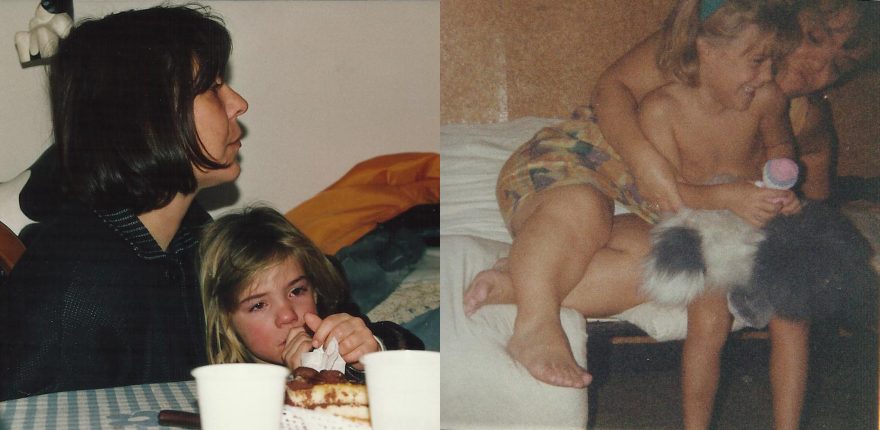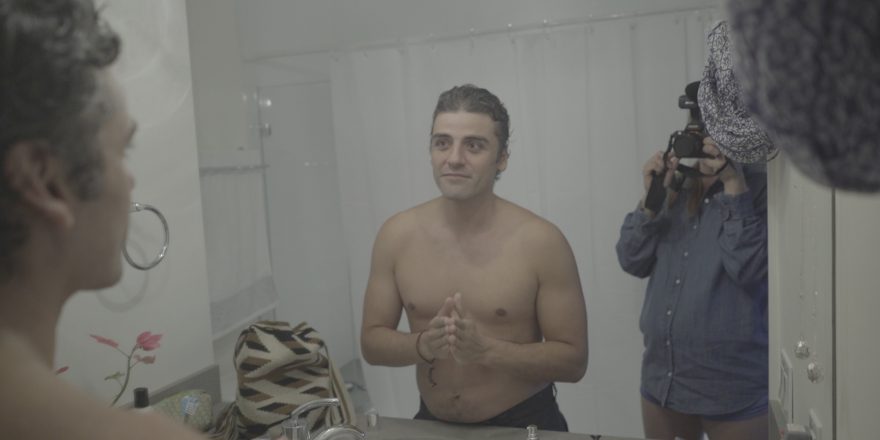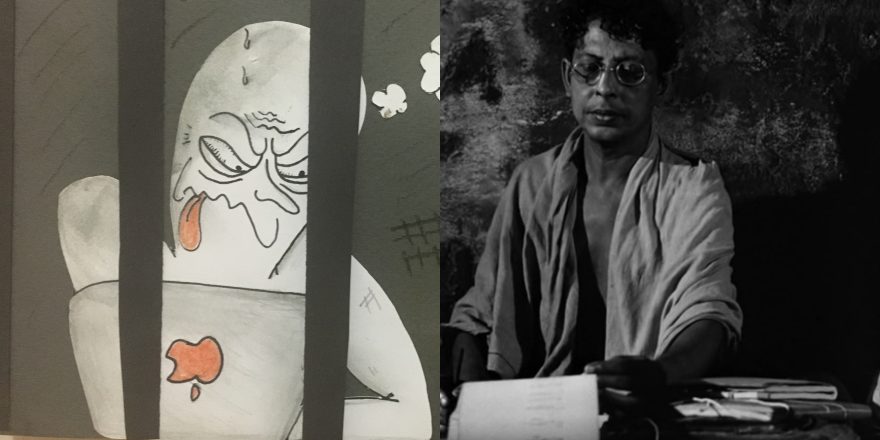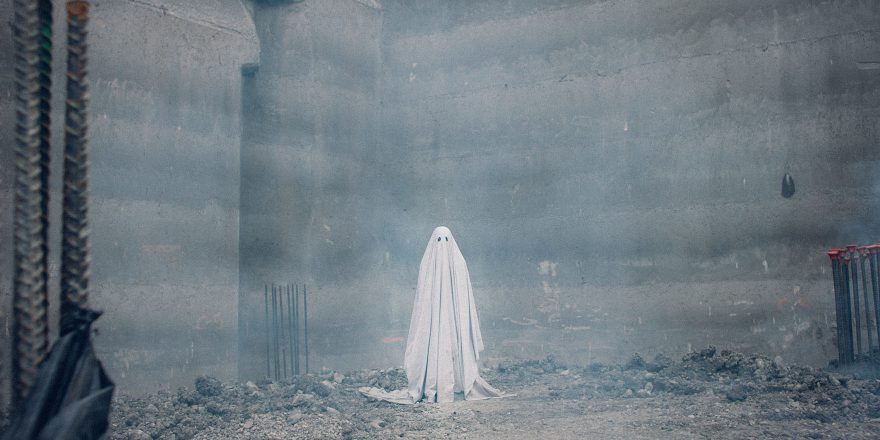Anyone who has ever lost a loved one knows this: where once you had that person, now you have their stuff. We found ourselves facing this bizarre, almost incomprehensible transition when our grandma Annette Ontell passed away.
My sister Elan and I inherited Grandma’s house at 306 Hollywood Avenue in Hillside, New Jersey, where she had lived for nearly 70 years. During that time, she lived a remarkable, ordinary life that included raising a family, designing couture clothing, and navigating life’s joys and pain. She was also a pack rat. The things she kept didn’t have any particular value, but now that she was gone, they were the bond that connected us to her life and times. The junk suddenly felt alive.
Realizing that we lacked a playbook for how to deal with grief, we decided to create our own. Her objects were the key. Like archaeologists, we began excavating the house and eventually unearthed over 100 years of history. But a question lingered: How do you make meaning out of all the things that remain?
Since we are both visual artists, we turned to art history, which reminded us that much of human creativity has been dedicated to the mysteries of life, death and memory. We tapped into that exhaustive history to make our film 306 Hollywood. Along the way, we also created a series of images we call catalogues that use aestheticized order to find meaning in the chaos our family left behind.
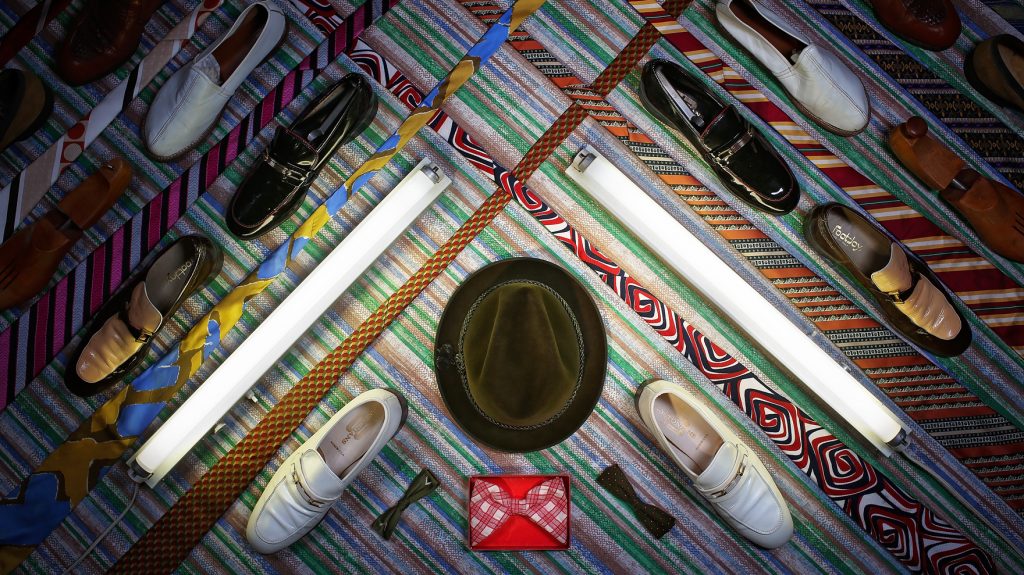
We started out by making posthumous portraits. Our grandfather Herman was a CPA who always dreamed of wider worlds beyond his tiny basement office. He grew up in poverty, and his drive to reach the middle class obscured his love of music, activism and fashion. A trip through his closet however revealed a different portrait: Herman as a dapper man of the 1970s.
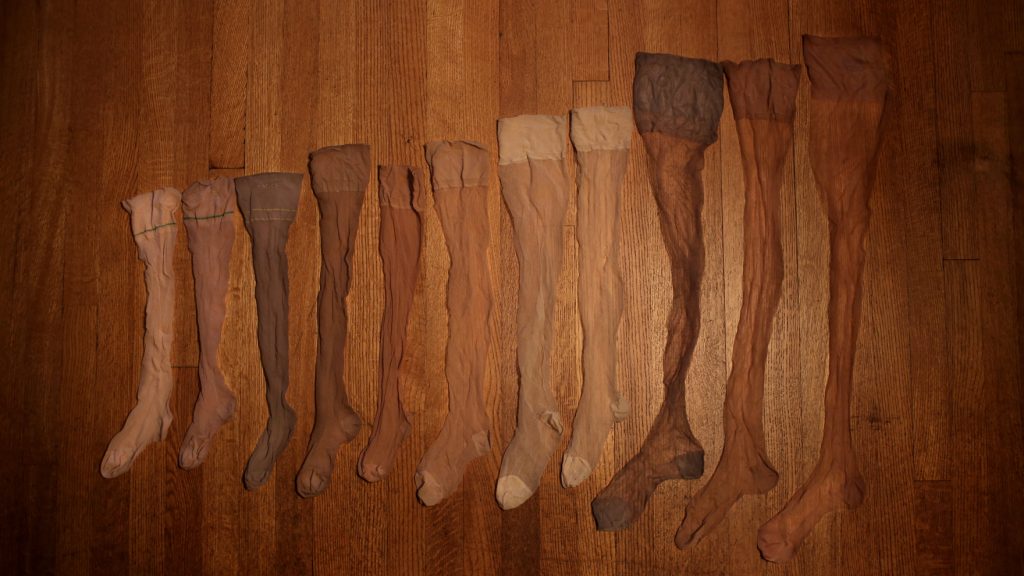
Grandma began making clothes as a child and created thousands of garments – couture dresses for wealthy clients, fitted uniforms for the female prison population of New Jersey, and uniforms for the Israeli army. Her personal clothes served just as wide a range of uses. They were her most public and private possessions. Above is a portrait of Grandma’s hosiery.
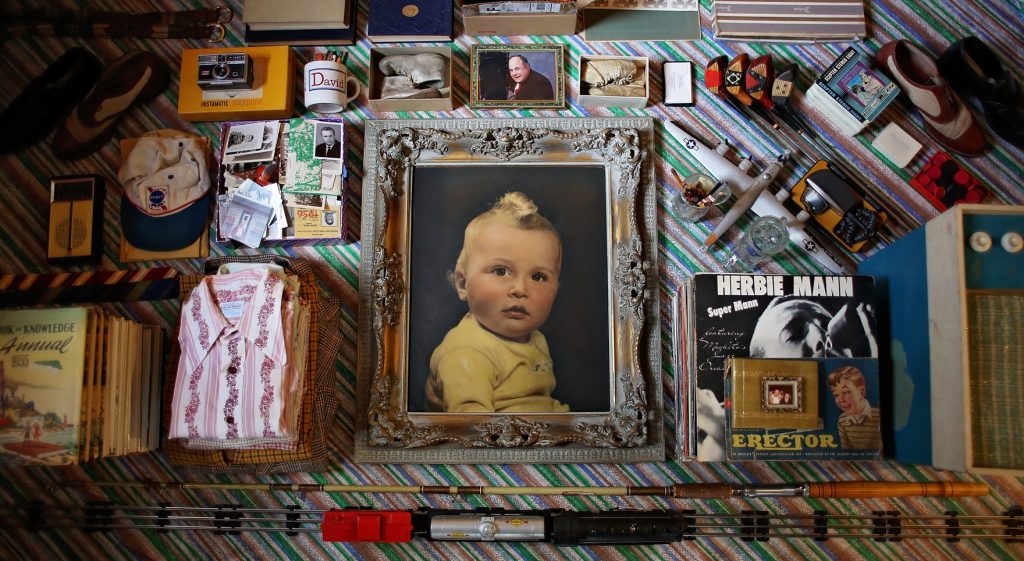
This portrait of our uncle David is not drawn from one time period or type of object. Instead, it is made of every single object that remains of him in the world. He died at age 48 after a difficult life, and there were few records of his existence. This is what his remains look like after 28 years.
The portraits of individuals sparked questions about the wider world our family inhabited. While making the film, we were often asked about the value of telling a story of ordinary people and domestic life. These questions reinforced our commitment to foregrounding the home, largely considered a female space, as a site of history. We began thinking of the project through an anthropological lens, so we went to natural history museums and drew inspiration from the ways that they presented their collections. Artifacts like arrowheads were arranged in neat rows; biological collections of hummingbirds were presented in spirals of vivid color. We borrowed these techniques, began arranging Grandma’s objects by color, and suddenly new stories emerged.
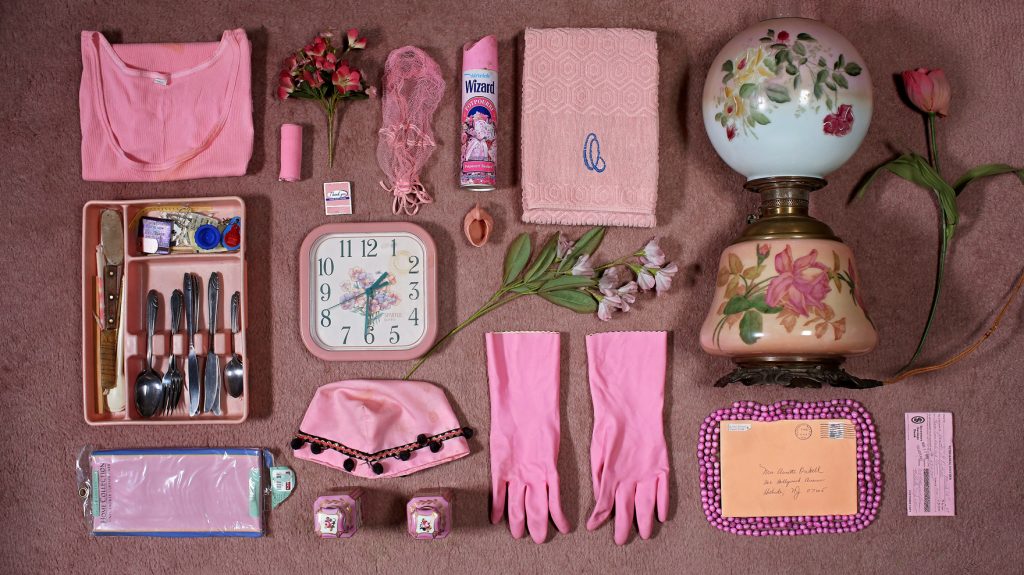
Grouping pink items together revealed a portrait of mid-20th-century domesticity.
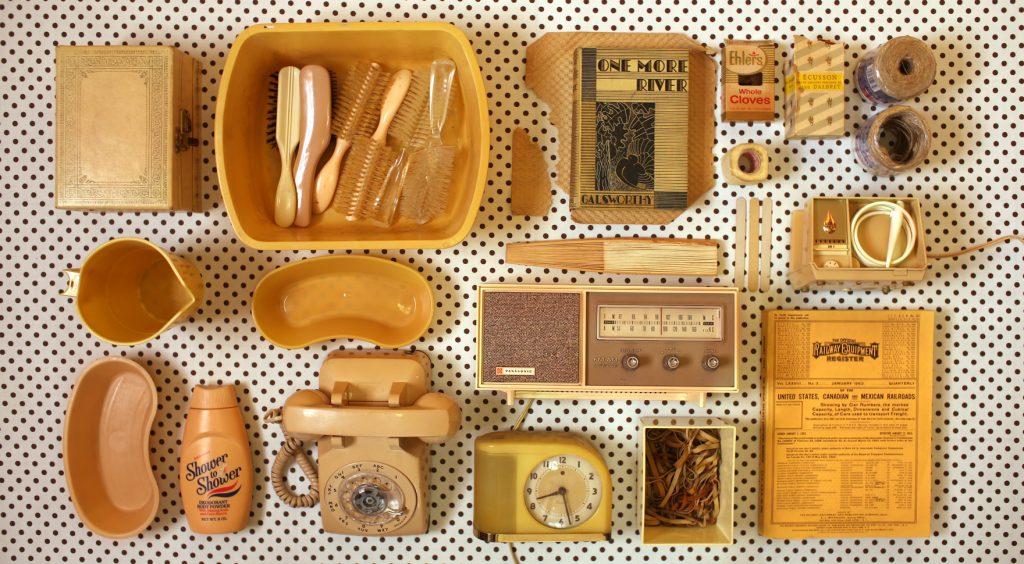
Sorting by beige offered an eclectic combination of personal hygiene, hospital visits, daily appliances and things to read.
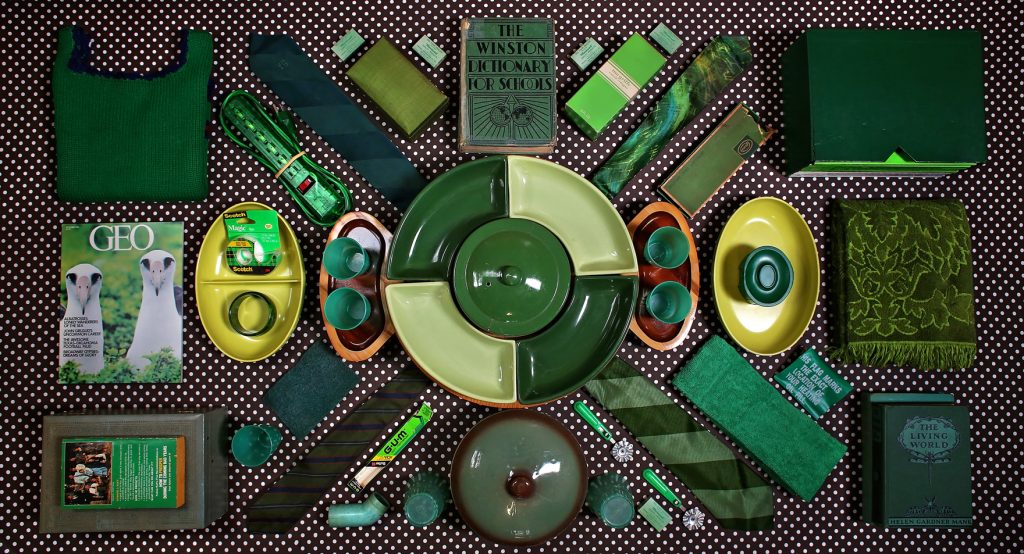
By the time we got to green, it became clear that people (whether they be consumers or manufacturers) tend towards certain colors at certain points in time. You could make a portrait of 20th-century America just through the different colors that appear each decade.
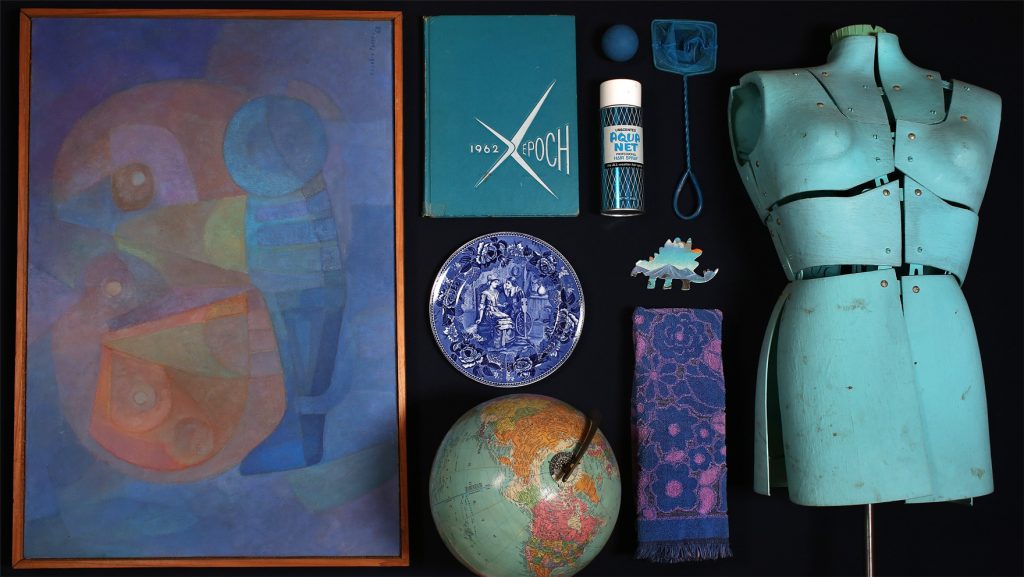
Blue offered a somewhat surreal image that evoked the worlds of travel, art and fashion that Grandma and the family longed for, without always being able to achieve. The painting on the left was bought by our mother in Mexico, when she lived there in 1968. Her aim was to create a world-class art business, but it fell apart within a year. Nonetheless, this cross-cultural travel marks one significant way in which our family did expand beyond their Jewish enclave of New Jersey. Upon her return to the U.S., our mother met our father, a recently arrived Venezuelan artist. We proceeded to grow up between the U.S. and Venezuela, and the influence of Latin America was essential to making 306 Hollywood.
In Venezuela, there were fewer boundaries between the ordinary and the extraordinary. Myth, legend and magic were all present in everyday life, and there was nothing strange about poetry and politics being mentioned in the same breath. We were drawn to remarkable Latin American documentaries like Nostalgia for the Light by Patricio Guzmán and mind-expanding literature like Jorge Luis Borges’ Ficciones. These works offered new ways to see magic in the everyday.
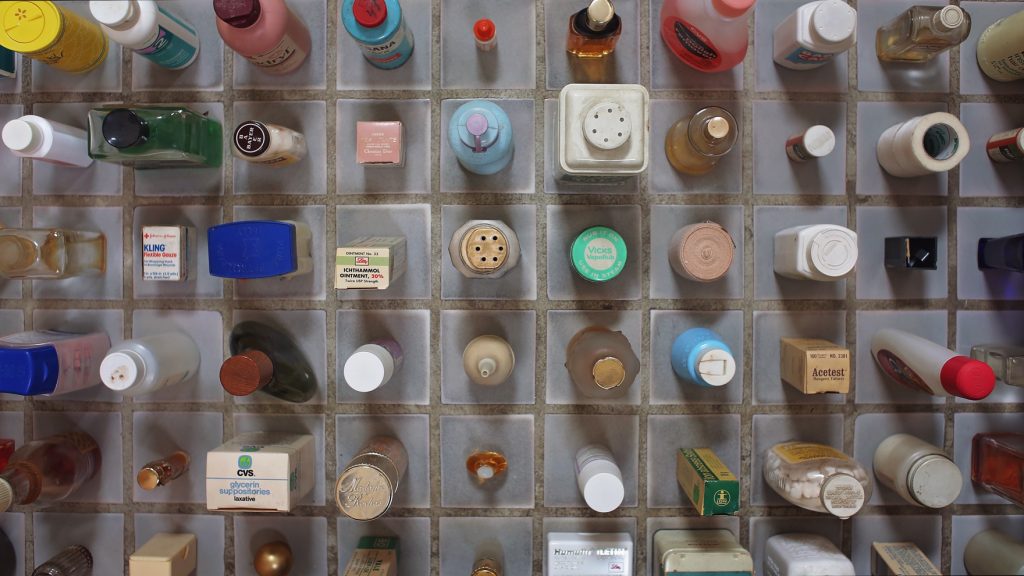
The other strong Latin American influence was art of the Catholic church, which would otherwise seem odd in a film about an old Jewish lady. Of greatest relevance were ornate reliquaries – elaborate containers made of precious metals, fabrics, and gems – that held fragments of the past and elevated them to the level of holy relics. They usually contain things like the blood of San Gennaro or the foot of St. James, but who’s to say that there isn’t something sacred in a rainbow of old toothbrushes and Herman’s fake teeth. If nothing else, seeing the beauty in these objects gave us a better sense of how to grieve and hopefully offers some sort of guide for the next person who loses someone they love.
